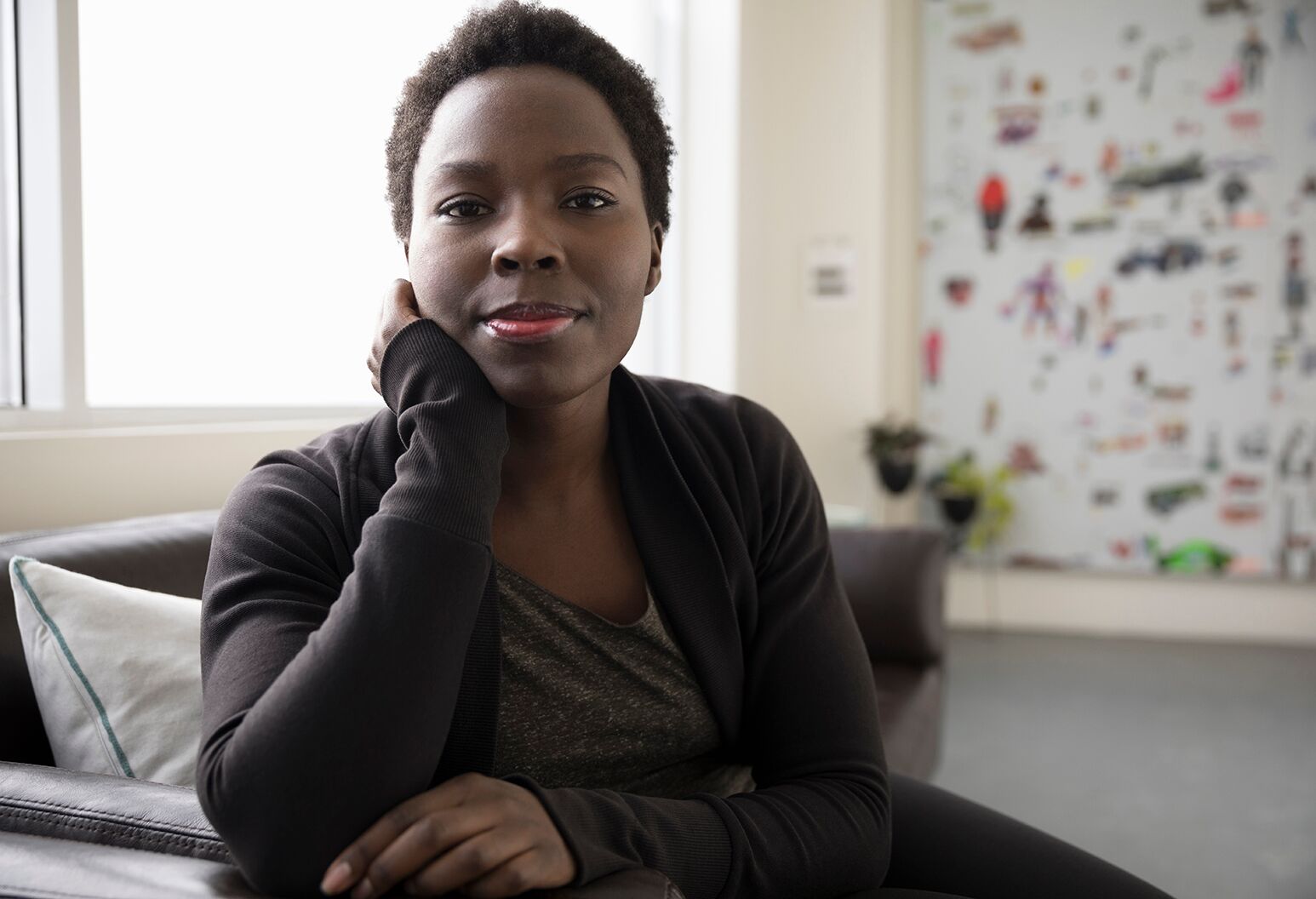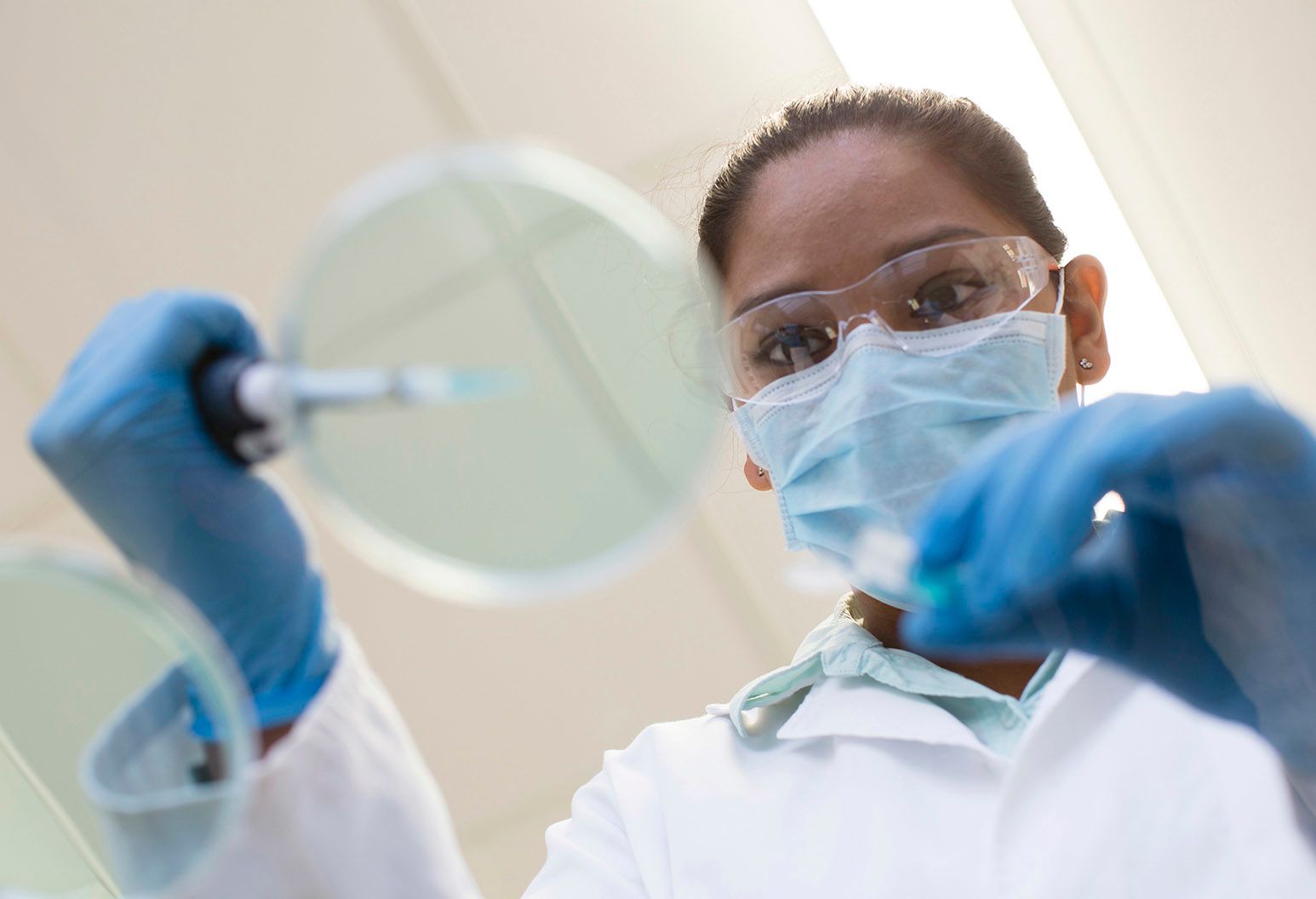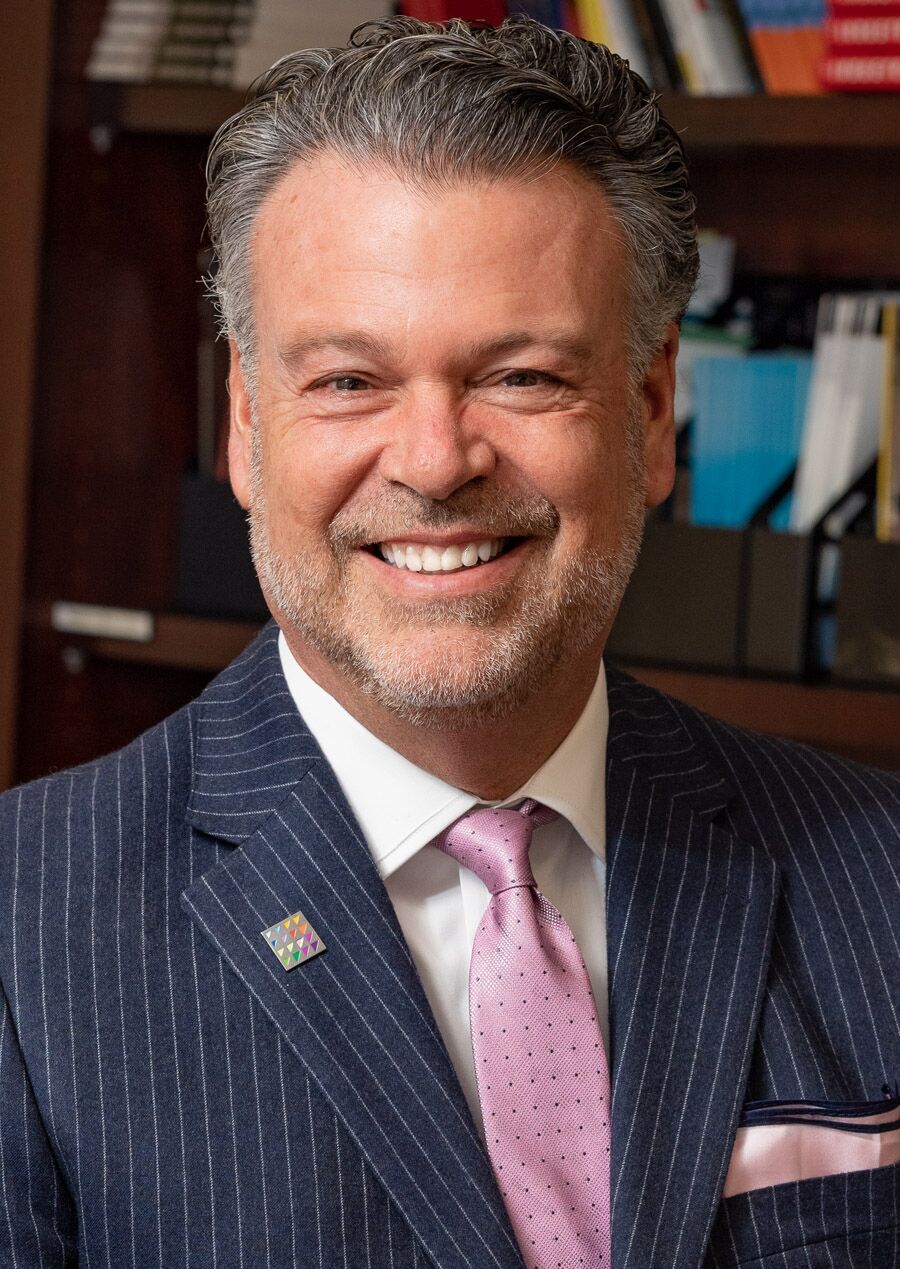Expert insights
Health care inequalities are putting our nation at risk—and we didn't need a pandemic to tell us

I’ve spent a large part of my career focused on health care inequities. I did much of my training at inner city hospitals, and I’m well aware of the huge gap in medical care between those who are affluent and those who live in poverty.
But the coronavirus pandemic is laying bare an ugly truth to our entire country: those on the lowest rungs of the socioeconomic ladder are much more at risk of being infected and dying from this disease. A Washington Post analysis published on April 7 found that counties that are majority Black, for example, have three times the rate of infections and almost six times the rate of deaths as counties where white residents are in the majority. In Louisiana and Wisconsin, African Americans make up about 70% of the dead, even though they’re only one-third and one-quarter of the population, respectively.
At Northwell Health, we’ve been studying these inequities for a while. In 2002, the National Institutes of Health (NIH) released a groundbreaking report revealing a vast divide between the health of white Americans and that of racial and ethnic minorities. Since then, we’ve looked into ways to improve access to health care in areas with the greatest disparities and learned that the community in which an individual lives and works is one of the biggest factors in determining how healthy that individual is. As it turns out, your zip code is more influential than your genetic code. Areas with below-average lifespan all share unique characteristics—including lack of access to transportation, fresh food, clean water and quality housing.
Given this, the disparity in death rates due to complications of coronavirus makes sense. African Americans have a poverty rate that’s almost triple that of white Americans—27% compared to 10%, according to the Economic Policy Institute. If you lack money, you tend to live in closer quarters, which contributes to the spread of the virus. Yet low-wage employees are now some of our country’s most essential workers—they’re the people you see behind the cash register at Stop & Shop or driving public busses. They don’t have the option of working from home or fleeing to their spacious second home in the Hamptons. They need to continue going to work so they can provide for their families, which makes self-quarantine or even social distancing virtually impossible.
We also know that people who live in poorer communities are more likely to have poorer health in general, including a higher risk of conditions like obesity, uncontrolled high blood pressure and Type 2 diabetes: all risk factors for complications from the coronavirus. When you also consider that this group is typically underinsured and tends to delay routine care as a result, it becomes a recipe for disaster.
We recognize that social determinants of health are responsible for about 80% of health outcomes—and while we can’t fix them all, we can do our part.
The U.S.’s glaring health inequalities have always been a matter of life and death, long before the coronavirus came along. But the virus is bringing these issues to light yet again. How can we begin to fix this, now and in the future? In my opinion, there are three important ways:
- Invest money into public health literacy. Want to know the group of people in this country who tend to live longest while, interestingly, using the least amount of health care resources? Physicians. Here’s why: We have the highest level of health education. We know how to take care of ourselves, and we know when it’s okay to treat on our own and when to seek medical aid, so we stay healthy and don’t overuse resources. The more someone knows about infectious disease—even just the difference between a virus and bacteria—the better able they are to protect themselves. I remember from my days in residency how difficult it was to explain a patient’s kidney disease to them when they didn’t even know they had two kidneys.
The best way to educate people is through the school system. Educators may balk at this, but in my opinion, health education is even more important than learning geography. We need to include strong health fundamentals in our curriculum, beginning in kindergarten and continuing until students graduate from high school. Just 15 minutes a day—or two 45-minute classes a week—can go a long way.
- Eliminate implicit bias in the medical community. Unfortunately, racial bias is more common than we think. An algorithm widely used in U.S. hospitals to allocate health care to patients has been shown to discriminate against Black patients, according to a study published last October in the medical journal Science. Another review, published in 2017 in Academic Emergency Medicine, found that emergency room physicians are more responsive to the needs and treatment of white patients. But implicit bias is unconscious, so it’s hard to fix. We need to start providing more resources, such as workshops for both medical students and physicians, to come up with effective strategies.
- Make sure the uninsured know they can still receive care. The Trump administration announced on April 3 that it plans to use money from the recent stimulus bills to pay hospitals for treatment of uninsured coronavirus patients. This is obviously far from ideal, as it doesn’t address the fact that millions of low-income people with other medical issues go without coverage every day. But if people do start showing symptoms of the coronavirus, they need to know that they can get medical help without facing financial ruin.
Here at the Katz Institute for Women’s Health, we partner with various community organizations to address this communication gap; for example, we work with Bridging Communities of Faith & Health to empower their leaders and members to make informed health decisions. We’ve partnered with MOMMAS House to provide free parenting classes and joined forces with the Korean Community Services of Metropolitan New York to offer educational women’s health programs to the community. We also work with the American Heart Association to empower women to take charge of their heart health, and extend STEM (science, technology, engineering and math) initiatives for high school girls in underserved communities.
While we can make a dent, we will have to join together as a nation to create these fundamental changes. We need solutions to solve for the future.
Learn more about making your health a priority. Our women’s health navigators are here to answer your questions and can help you schedule an appointment.




